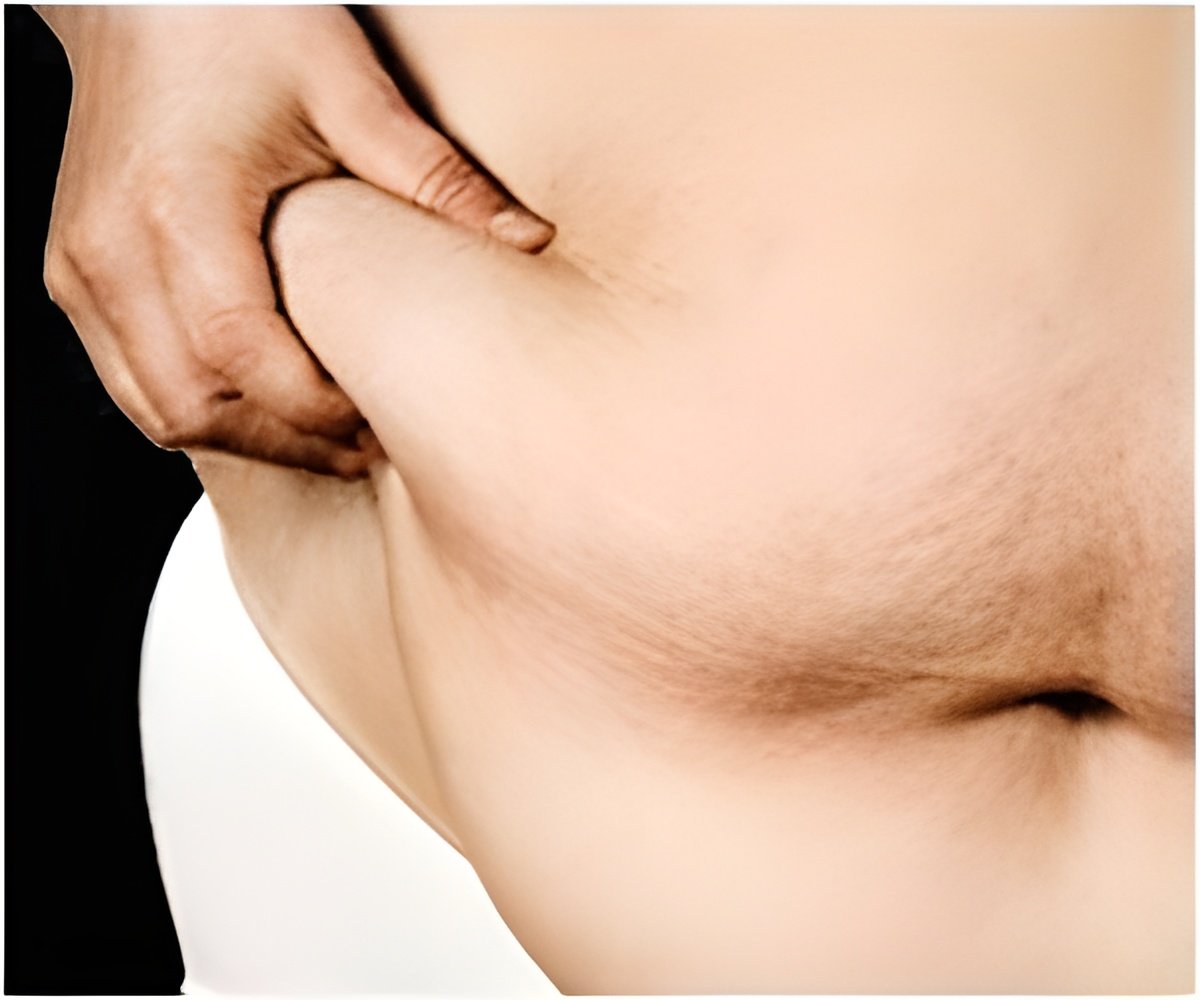
‘Increased adiposity or fat in the abdomen is predominantly present in males that increases the risk of developing cardiovascular diseases and diabetes.’
Tweet it Now
The researchers used data from UK Biobank, which is a cohort study of half a million participants in the UK. The participants gave blood samples for genotyping and the distribution of fat tissue was estimated using impedance measurements, i.e. measurements of electrical resistance when an electrical current is fed through the body. In the current study, millions of genetic variants across the genome were tested for association with distribution of fat to the arms, legs or trunk, and the research team identified nearly a hundred genes that affect distribution of adipose tissue to the different compartments of the human body. The researchers also saw a high degree of heterogeneity between sexes. "We were struck by the large number of genetic effects that were stronger, or only present, in females. Upon closer examination, several of the associated genes were found to encode proteins that actively shape the extracellular matrix, which makes up the supporting structure around cells," says the group leader docent Åsa Johansson. The findings suggest that remodeling of the extracellular matrix is one of the mechanisms that generates differences in body fat distribution.
Fat stored in the trunk has previously been associated with increased disease risk. Men have a greater amount of abdominal fat than women and this may explain the increased prevalence of cardiovascular disease observed in males. Epidemiological studies have even shown that the ability to store fat around hips and legs gives women some protection against cardiovascular disease. The result of the current study may therefore lead to the development of new interventions to reduce the risk of cardiovascular disease.
"The biological systems we highlight in our study have the potential to be used as points-of-intervention for new drugs that are aimed at improving the distribution of body fat and thereby reducing the risk of disease," says Mathias Rask-Andersen.
Advertisement















